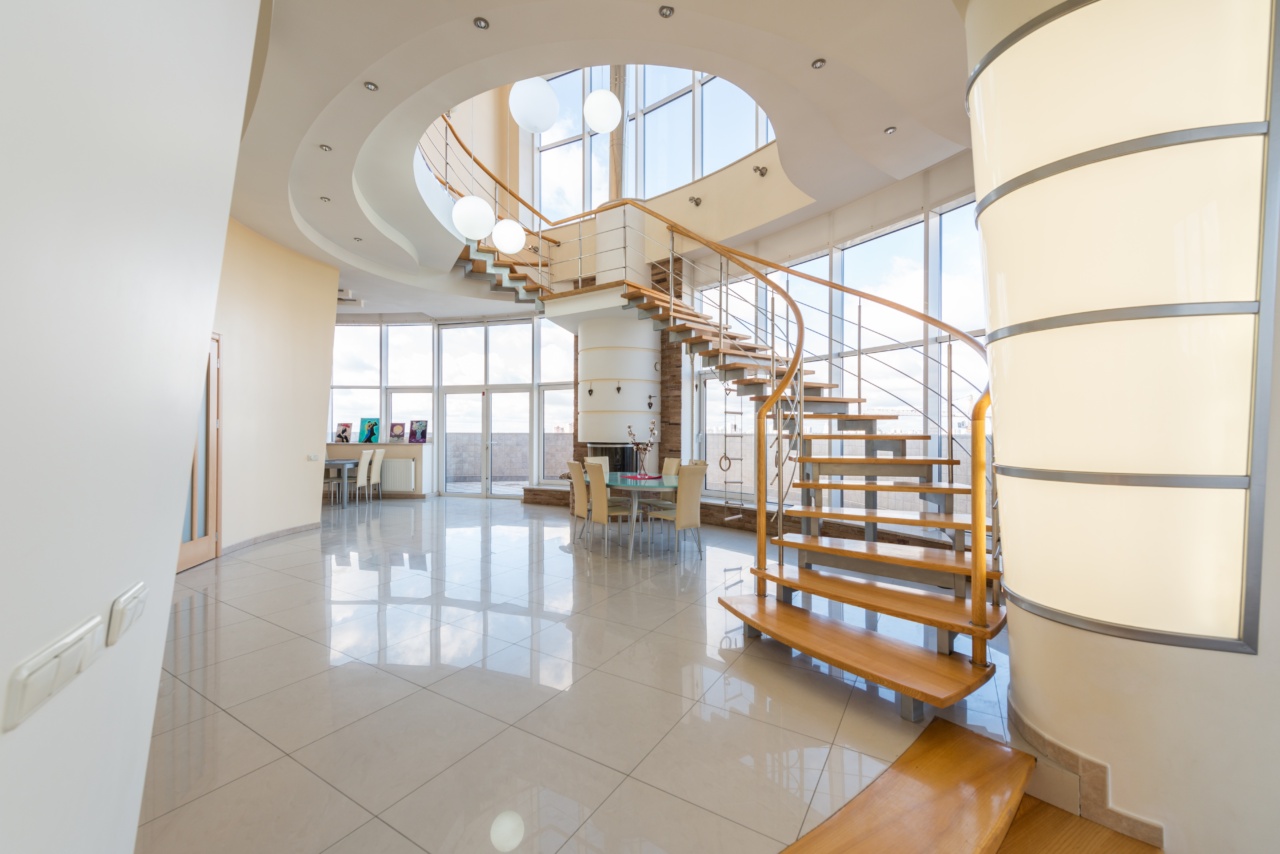High blood pressure, also known as hypertension, is a common medical condition that affects millions of people worldwide.
It occurs when the force of blood against the walls of the arteries is consistently too high, thereby putting extra strain on the heart and blood vessels. This condition can lead to serious health complications such as heart disease, stroke, and kidney problems.
While various factors contribute to the development of high blood pressure, such as genetics, age, and lifestyle choices, there has been growing interest in the potential link between home temperatures and blood pressure levels.
The environment we live in, particularly the temperature of our surroundings, can have a significant impact on our overall health and well-being. This article explores the relationship between high home temperatures and high blood pressure, shedding light on the existing research and offering insights into the potential mechanisms at play.
The Impact of High Temperatures on Blood Pressure
Studies have suggested that exposure to high temperatures can lead to an increase in blood pressure levels. When the body is exposed to extreme heat, it activates several physiological mechanisms to regulate its internal temperature.
One such mechanism is vasodilation, where the blood vessels expand to allow more blood flow and enhance heat loss through the skin. However, this expansion of blood vessels can result in higher blood pressure in some individuals, particularly those already predisposed to hypertension.
Furthermore, excessive heat can lead to increased sweating and fluid loss, causing dehydration.
Dehydration can cause blood volume to decrease, which in turn triggers the release of hormones that constrict blood vessels, raising blood pressure to compensate for the reduced volume. This response is an attempt by the body to maintain adequate blood flow to vital organs.
Evidence from Research Studies
A number of research studies have explored the relationship between high home temperatures and blood pressure levels.
One study conducted in Japan found a significant association between higher room temperatures and increased blood pressure in elderly participants. The researchers concluded that maintaining a cooler indoor temperature could be beneficial in managing blood pressure among older individuals.
Another study conducted in the United States assessed the impact of air conditioning on blood pressure levels among individuals living in low-income housing.
The results showed that participants who had access to air conditioning had lower blood pressure compared to those without air conditioning. This indicates that controlling indoor temperatures through the use of air conditioning may play a role in blood pressure management.
While these studies provide valuable insights, it is important to note that individual responses to temperature may vary due to factors such as genetics, age, and overall health.
Therefore, more research is needed to establish a definitive link between high home temperatures and the development or exacerbation of high blood pressure.
Practical Tips for Blood Pressure Management
Whether or not high home temperatures directly cause high blood pressure, it is crucial to manage blood pressure levels effectively to maintain overall health and well-being. Here are some practical tips:.
1. Maintain a Healthy Weight
Being overweight or obese increases the risk of developing high blood pressure. By maintaining a healthy weight through a balanced diet and regular exercise, you can significantly reduce the risk of hypertension.
2. Limit Sodium Intake
Excessive salt consumption is closely linked to high blood pressure. Be mindful of your sodium intake by avoiding processed foods, using alternative seasonings, and cooking meals from scratch using fresh ingredients.
3. Engage in Regular Physical Activity
Physical activity is not only beneficial for weight management but also plays a crucial role in maintaining healthy blood pressure levels. Aim to engage in moderate aerobic exercise for at least 150 minutes per week.
4. Reduce Stress Levels
Chronic stress can contribute to high blood pressure. Explore stress management techniques such as meditation, deep breathing exercises, or engaging in hobbies to promote relaxation and reduce stress levels.
5. Limit Alcohol Consumption
Drinking excessive alcohol can raise blood pressure levels. If you choose to drink, do so in moderation, which means up to one drink per day for women and up to two drinks per day for men.
6. Quit Smoking
Smoking damages blood vessels and significantly increases the risk of high blood pressure. Quitting smoking is one of the best things you can do to improve your overall health and reduce blood pressure levels.
Conclusion
While the direct link between high home temperatures and high blood pressure is still being studied, there is evidence to suggest that exposure to excessive heat can lead to elevated blood pressure levels in some individuals.
Factors such as vasodilation, dehydration, and the body’s physiological response to heat play a role in these associations. However, it is important to note that blood pressure regulation is a complex process influenced by various factors, and further research is needed to fully understand the impact of environmental temperatures.
In the meantime, it is important to focus on managing blood pressure through a healthy lifestyle, including maintaining a healthy weight, limiting sodium and alcohol intake, engaging in regular physical activity, managing stress levels, and quitting smoking. By adopting these practices, individuals can effectively reduce the risk of high blood pressure and its associated complications.





























